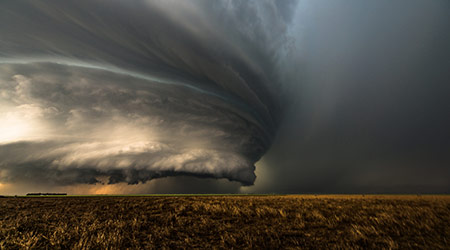These four steps are key for effective emergency preparedness plans, according to an article from Building Operating Management on the FacilitiesNet website.
1. Communicate early and often. Set up an email list or newsletter, and in the case of an approaching weather event, update as the weather nears. The rumor mill getting out of hand is one of the worst things that can happen during a big event.
2. Contact local law enforcement and invite them to get them familiar with the layout and show them spaces that might make for good command posts if something happens.
3. Make sure your risk assessment and scenario planning are up to date and accurate. Also, experts suggest having alternate evacuation plans, if, for instance, the traditional muster spot is occupied with media tents, or something similar.
4. Have plans in place for business continuity if the worst comes to fruition. Hire a disaster recovery firm. Make it a goal to evacuate all non-essential personnel, but if that’s not possible, make sure to have plenty of food, toiletries, and sleeping arrangements in the building.

 Building Sustainable Healthcare for an Aging Population
Building Sustainable Healthcare for an Aging Population Froedtert ThedaCare Announces Opening of ThedaCare Medical Center-Oshkosh
Froedtert ThedaCare Announces Opening of ThedaCare Medical Center-Oshkosh Touchmark Acquires The Hacienda at Georgetown Senior Living Facility
Touchmark Acquires The Hacienda at Georgetown Senior Living Facility Contaminants Under Foot: A Closer Look at Patient Room Floors
Contaminants Under Foot: A Closer Look at Patient Room Floors Power Outages Largely Driven by Extreme Weather Events
Power Outages Largely Driven by Extreme Weather Events